Having passed our driving test, the rules of the road are often clear in our mind. But over time, bad habits can creep in - potentially making the roads less pleasant for other users, and in some cases, more dangerous.
Here are some conventions that form good driving etiquette - think of them as rules of the road that are not enforced by law.
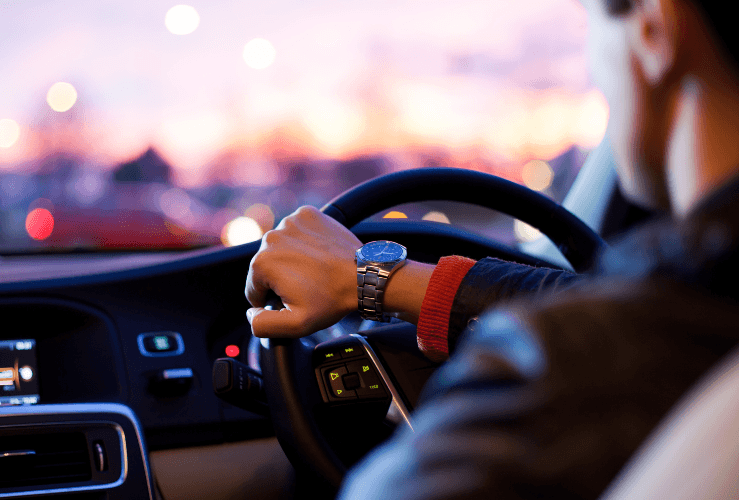
Let people out
If you see someone at a junction trying - but failing - to join a road, let them out. It could make that driver's day - and it will make you feel great.
Of course, letting another driver out should only be done if you're travelling at a steady speed and it is safe to do so - you don’t want to be hitting the brakes suddenly in order to facilitate your act of kindness (which could lead to a front-to-rear collision).
Perhaps more importantly, by helping the person get out, you're precluding the possibility that they will take a risk by trying to enter a smaller traffic gap.
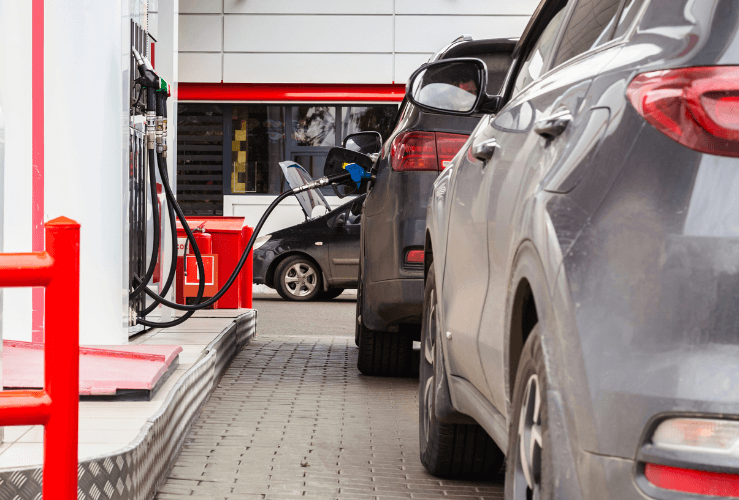
Don't block fuel pumps
It can be infuriating for other motorists to see someone pull up beside a fuel pump in order to purchase items other than fuel.
If you want to use the petrol station shop for non-fuel items such as snacks and drinks, park in one of the spaces away from the fuel pumps.
But of course, if you're buying these items alongside fuel, you won't sense the burning wrath of your fellow motorists as they queue up behind you.
Even if the forecourt is empty when you arrive, it doesn't mean it's OK to park by a fuel pump. You may be in the shop for 10 minutes, by which time a queue of drivers may have formed, and who may be giving you 'the evils' as you clutch your family size bag of Monster Munch!
Remember: everyone makes mistakes
Whether you've just passed your test or you've been driving for 20 years, it's always possible to make an error on the road.
Just as you would wish to be treated leniently when you make a mistake, you should aim to be as relaxed as possible when someone else makes an error, or doesn’t adhere to the written - or unwritten - UK driving rules.
So the next time someone pulls out in front of you, avoid shouting or waving at them. Instead, ease off the accelerator, give them some space, and move on with your life.
Getting angry only exacerbates the situation, and in some cases could even lead to more serious 'road rage' behaviour.
Don't park on paths
Paths are for pedestrians, including people using wheelchairs and pushchairs - they aren't for parking cars.
It's important you don't cause an obstruction, which can force pedestrians onto the road.
Instead, drive on until you find a safe place to park. Even if you live nearby, you should not park on paths.
Extra note: parking on a pavement in London is more than just poor driving etiquette - it’s illegal. Outside the capital it is not illegal, although you may still be handed a fine in some instances.
Think of other road users when dropping off and picking up
Think twice before you pull over to drop someone off or pick them up.
Check your mirrors to ensure you're not going to hold up other road users. Better still, have a look for a better, safer place to pull over.
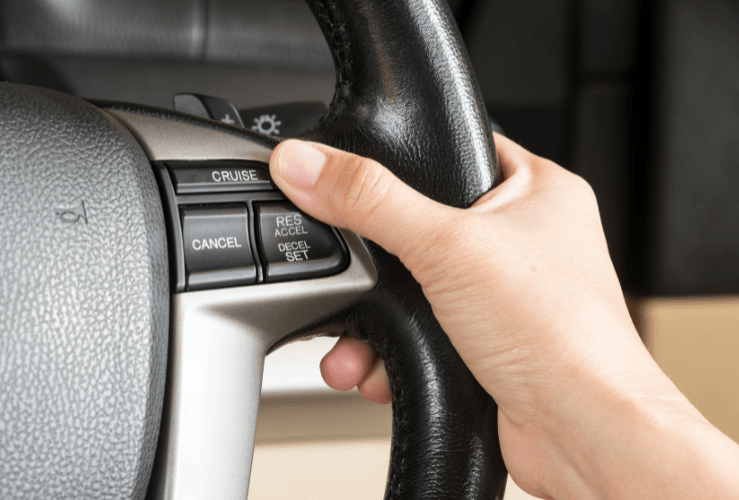
Use cruise control to maintain a steady speed on the motorway
If you've ever been on the motorway behind a car that speeds up and slows down regularly, you'll know how annoying it can be. But are you ever guilty of the same?
Cruise control is an easy - and often underrated - way of maintaining a steady speed.
Giving way and oncoming traffic
When driving where cars are parked on one side or 'lane' of a road, remember you'll need to give way to oncoming traffic if the cars are parked on your side. If the cars are parked on the other side, oncoming traffic will need to give way to you.
Remember that not all drivers will adhere to this convention. As such, approach the situation with caution, and be ready for the other driver to do something unexpected.
Don't be surprised if you are not thanked after giving way to another road user!
Lane merging safety
When two lanes merge into one, the convention is to merge 'in turn' - but not all drivers adhere to this. Be ready for another driver to rush ahead to merge into the new single traffic lane, and ease off the accelerator to ensure there are no collisions.
Try not to get annoyed by such behaviour - it’s better to back off and let it go than risk a crash!
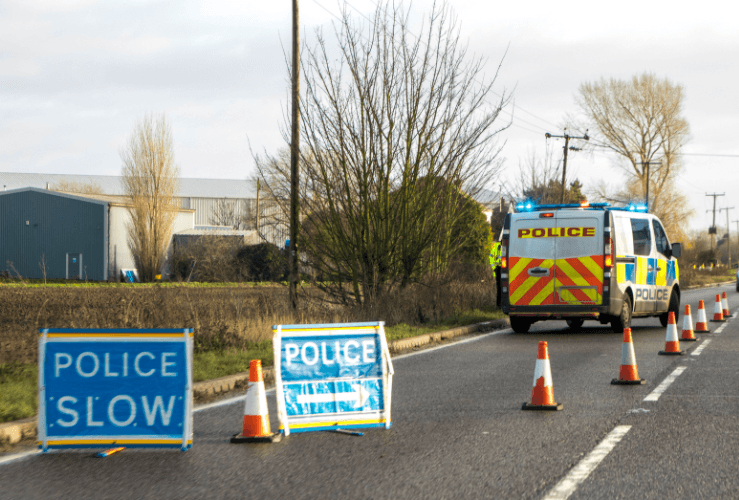
Don't rubber neck
While many of us find 'rubbernecking' - the phenomenon of slowing down to look at an accident - annoying or even repugnant, we may also do the same sometimes, perhaps without even realising it.
Apart from anything else, rubbernecking can dramatically slow down traffic. So the next time you see an accident up ahead, maintain your speed and do your bit to ease congestion.
Don't flash lights inappropriately
The Highway Code states that motorists should only flash their lights to show other road users they are there.
They should not be used for any other reason.
Inappropriate uses of flashing car lights include:
- As a thank you for being let out
- To beckon other road users to go ahead, or to go first
- As a warning of nearby danger or speed camera
Misusing your lights in this way might be considered to be among the ‘unwritten’ rules of the road, but do bear in mind you could be fined if you're caught breaking the Highway Code.
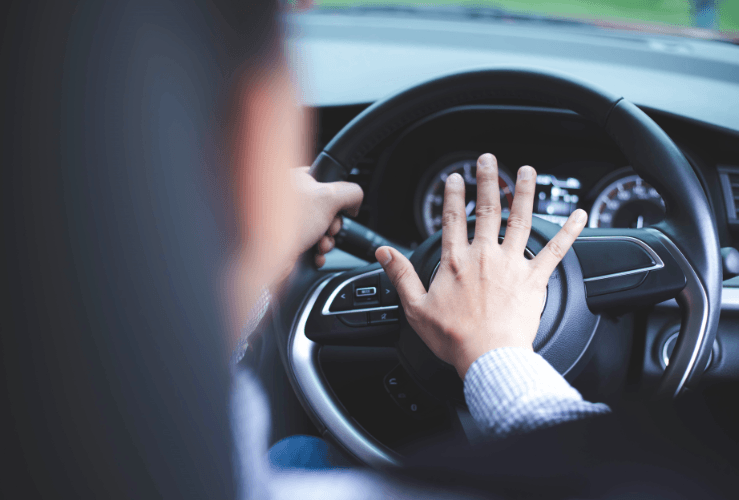
Don't over-use the horn
Compared to many other countries, British motorists are remarkably restrained when it comes to horn usage.
The horn should only be used when necessary - i.e. to make other drivers aware of our presence in potentially dangerous situations.
Using the horn for longer than is required or for inappropriate reasons could enrage other road users and potentially escalate a scenario into a full-blown altercation.
Additionally, don’t react to someone else's car horn by using your own. This will only make things worse.
Don't use hazard lights to say ‘thank you’
Hazard lights should only be used when you need to pull over - perhaps for a mechanical emergency - and need to make other road users aware of your presence. They should not be used to say 'thank you' - perhaps for being let out.
Using hazard lights inappropriately could confuse other road users. Raising your hand is a better way to show your appreciation.
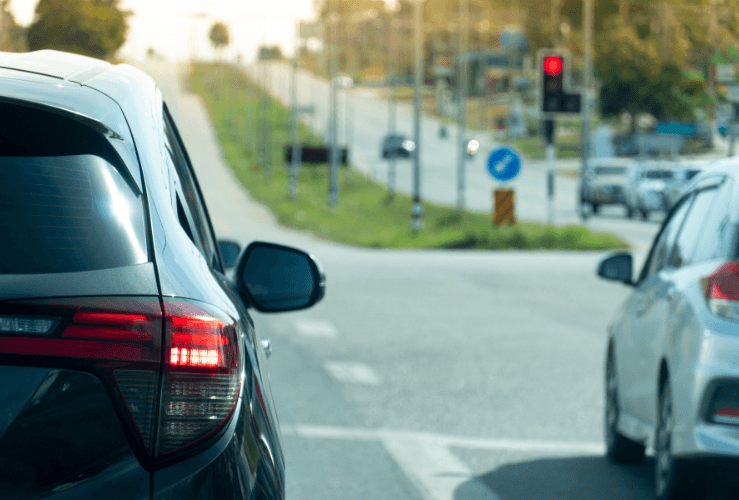
Have patience at traffic lights
Sometimes a driver at the head of a traffic light queue doesn’t move off when the lights turn green.
It's bad driving etiquette to beep your horn or shout in these situations; the driver may have a problem we are not aware of, such as a mechanical issue or an obstacle that we cannot see from our position.
A short delay is not worth creating an altercation.




